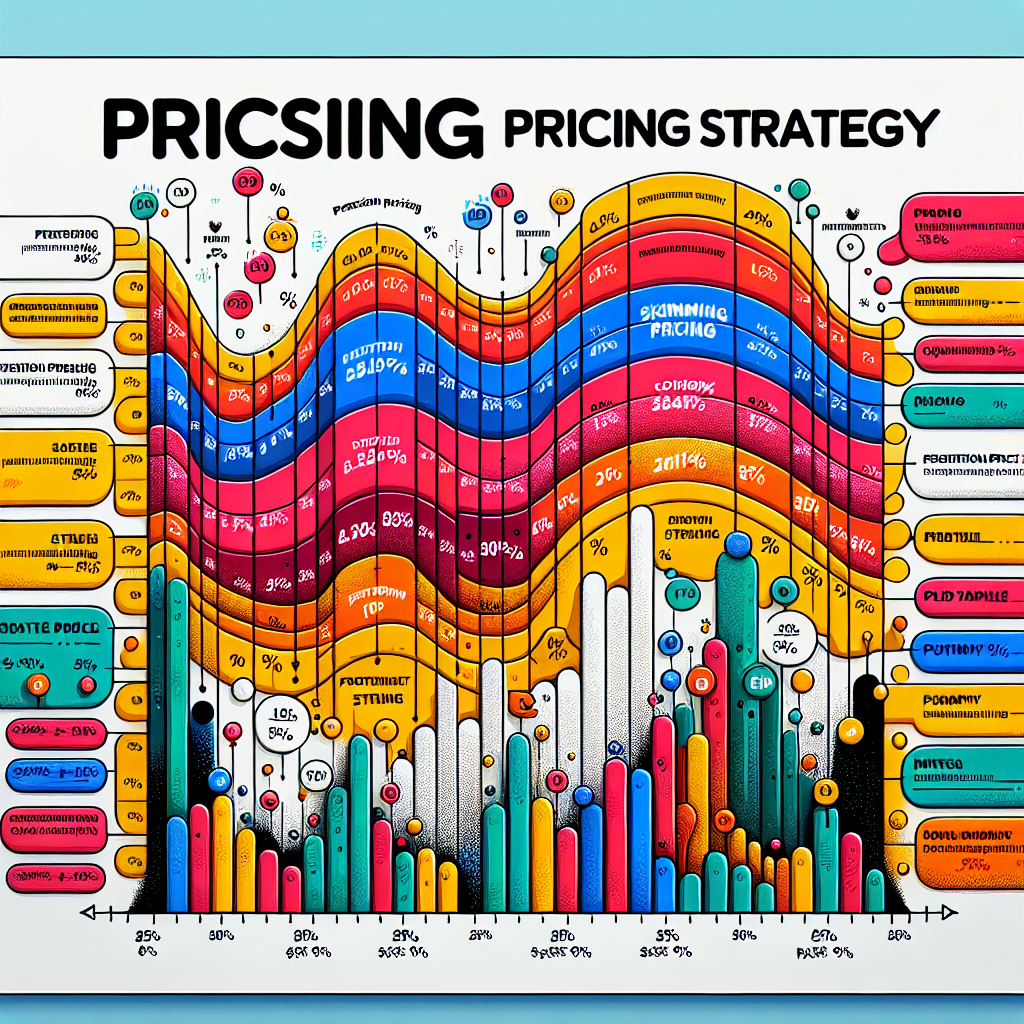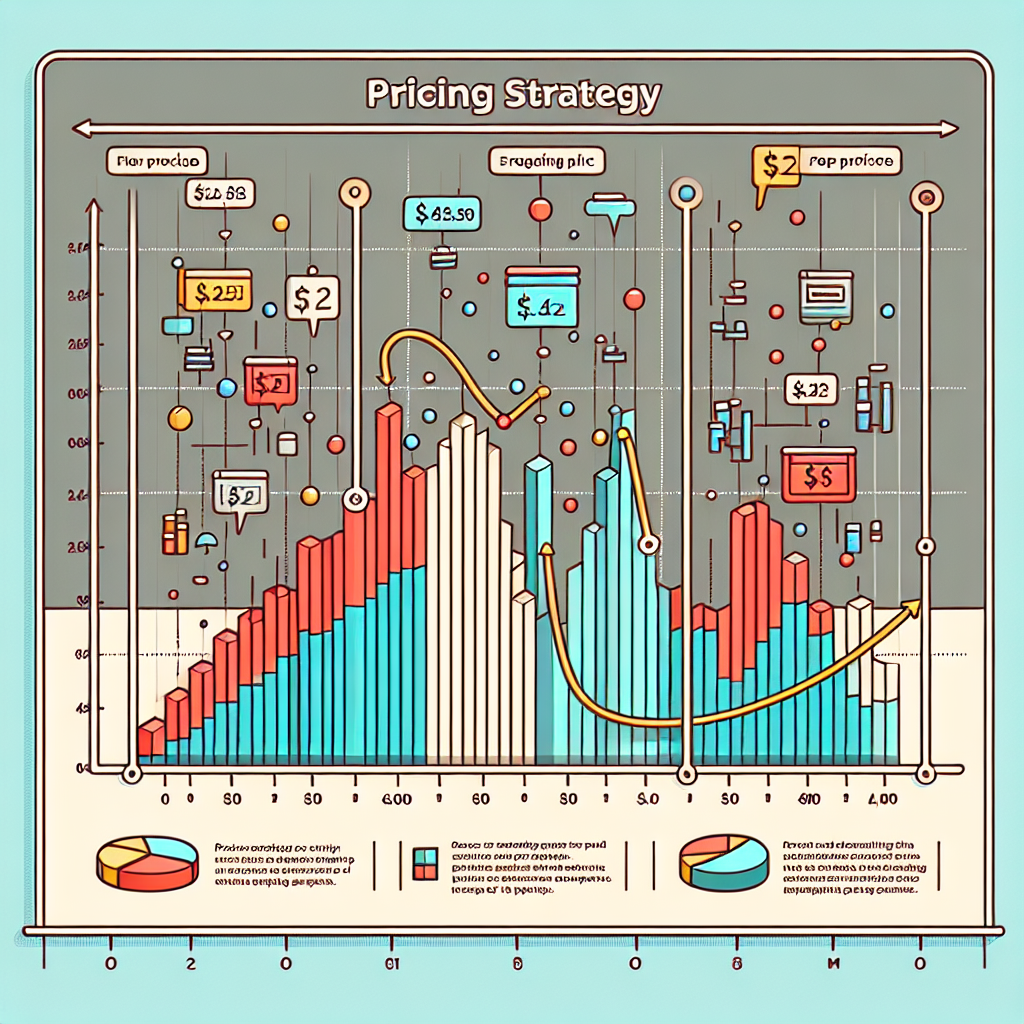In today's competitive business environment, covering the cost of your products or services while remaining profitable can be a real challenge. With proper pricing analysis and a comprehensive pricing guide, businesses can develop strategies to cover costs effectively.
Here are several solutions that can help you determine the right price points and ensure your business thrives financially.
Understanding Your Costs
Before you can set an effective price for your product or service, it's crucial to have a clear understanding of your costs. Calculate all expenses, including raw materials, labor, overhead, and marketing. This will give you the baseline you need to cover to avoid losses.
Breaking Down Direct and Indirect Costs
Differentiate between direct costs, which are tied directly to the production of your product, and indirect costs, like office supplies and utilities. Knowing these can help you allocate expenses accurately when performing a pricing analysis.
Conducting a Pricing Analysis
A pricing analysis is essential to understand how your product or service stacks up against the competition. Research the market to see what others are charging and what customers are willing to pay.
Competitive Pricing Strategy
Adjust your pricing according to the market standards while ensuring you cover all costs and maintain a profit margin. It's a delicate balance, but necessary to stay relevant in the market.
Creating a Pricing Guide
Develop a pricing guide that outlines your pricing strategy, including any discounts or promotions you may offer. This guide should be flexible enough to adapt to changes in costs or market conditions but structured enough to maintain consistency in your pricing.
Tiered Pricing Models

Consider implementing tiered pricing models that offer various levels of products or services at different price points. This can cater to a wider audience and provide opportunities for customers to choose what fits their needs and budget.
Adjusting for Scale
As your business grows, your costs will likely change. Pricing must be adjusted accordingly to ensure that the growth in sales volume doesn't lead to a decrease in profitability.
Economies of Scale
Take advantage of economies of scale where larger production volumes can reduce the cost per unit. This can allow you to lower prices competitively or improve your profit margins.
Regularly Reviewing Prices
Prices shouldn't be set in stone. Regularly review your costs and pricing strategy to ensure they are still appropriate for the current market conditions.
Responding to Market Changes
Be prepared to adjust your prices in response to fluctuations in the market, such as changes in supply chain costs or shifts in consumer demand.
By thoroughly understanding your costs, conducting a detailed pricing analysis, and continuously adapting your pricing guide, you can cover the cost of your offerings and remain profitable. It’s a complex process, but with careful planning and regular reassessment, you can find the sweet spot that satisfies both your business needs and your customers' expectations.












.jpg)
.jpg)


0 Comments